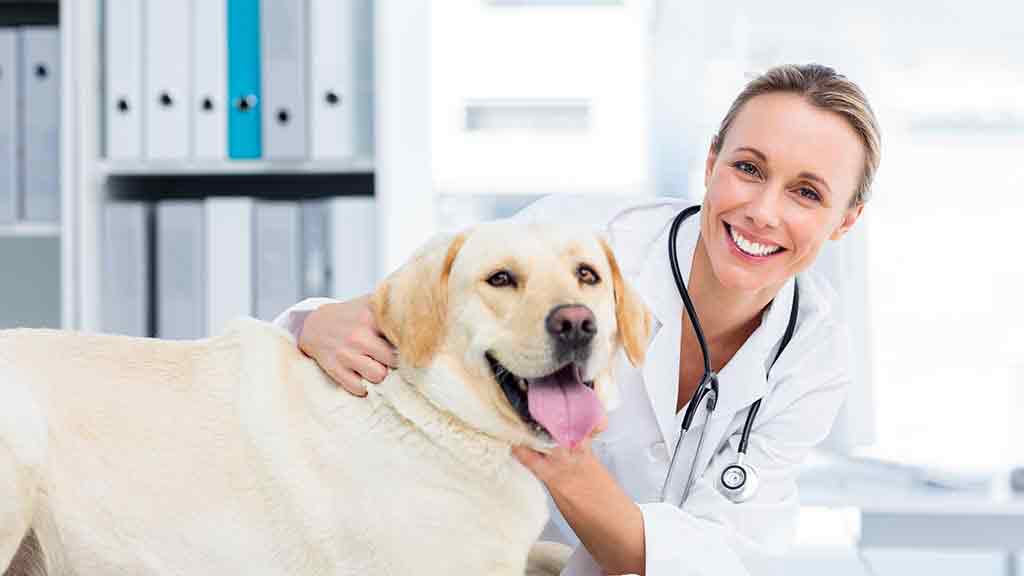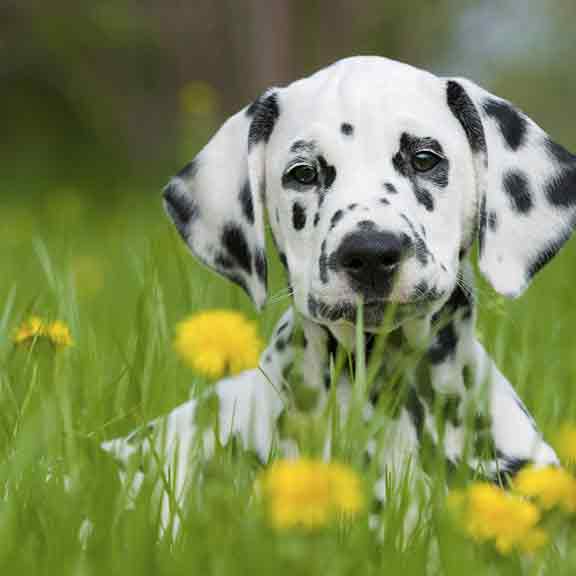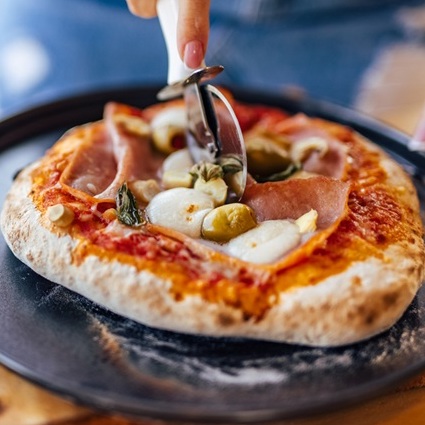When Snoopy's tail is droopy or Soxie's lost her moxie, you know something's not quite right with your furry friends. CHOICE's buying guides, advice and articles on pet health will help you keep your beloved pets in tip top shape, so they'll be back chasing their ball (or shadow) in no time.
Health
Pet health
Keep your pets in the pink with our articles, advice and buying guides.
Buying guides
How to buy the best pet parasite protection
Choosing flea, tick and worm treatments can be very confusing – we walk you through the options.
Articles




